Painting clouds is both a joy and a challenge. So what did we see when we looked at the submissions to an earlier Sky Challenge? Two things.
We saw volume. Hundreds of artists sent in images of sky paintings. It was extremely difficult to pare it down to just 50 to showcase here in PleinAir Today. And second, we saw quality. There are a lot of good painters out there, with a heartening diversity of painting approaches. We selected the 30 paintings here based in part on that—variety.
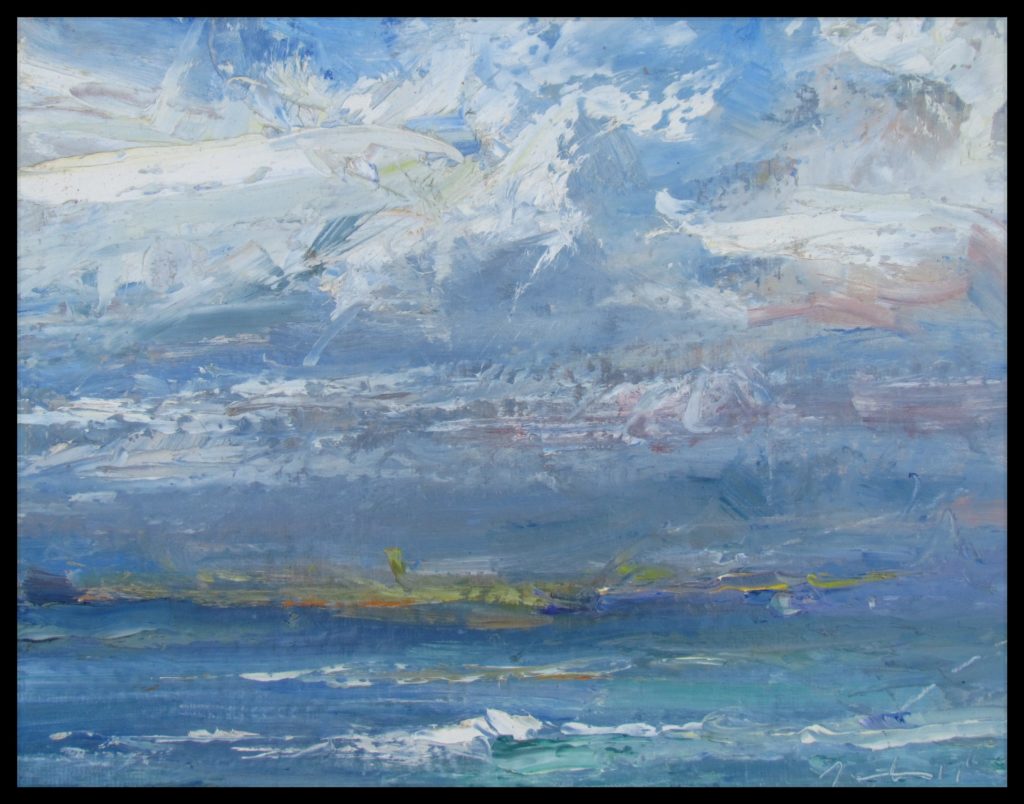
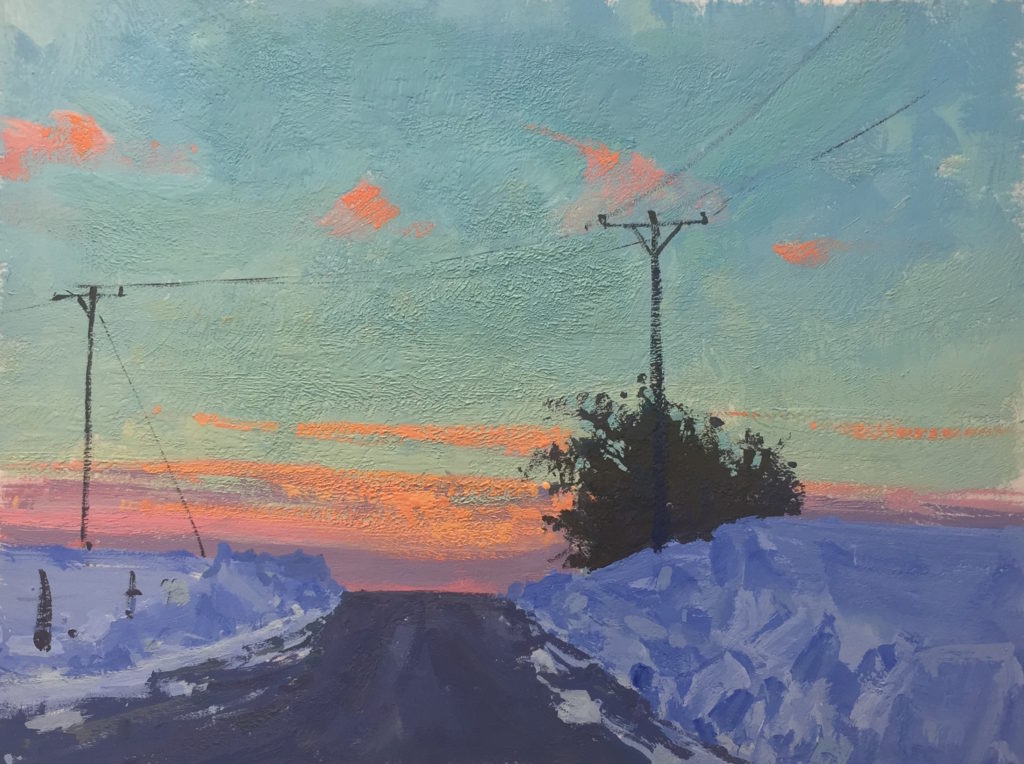
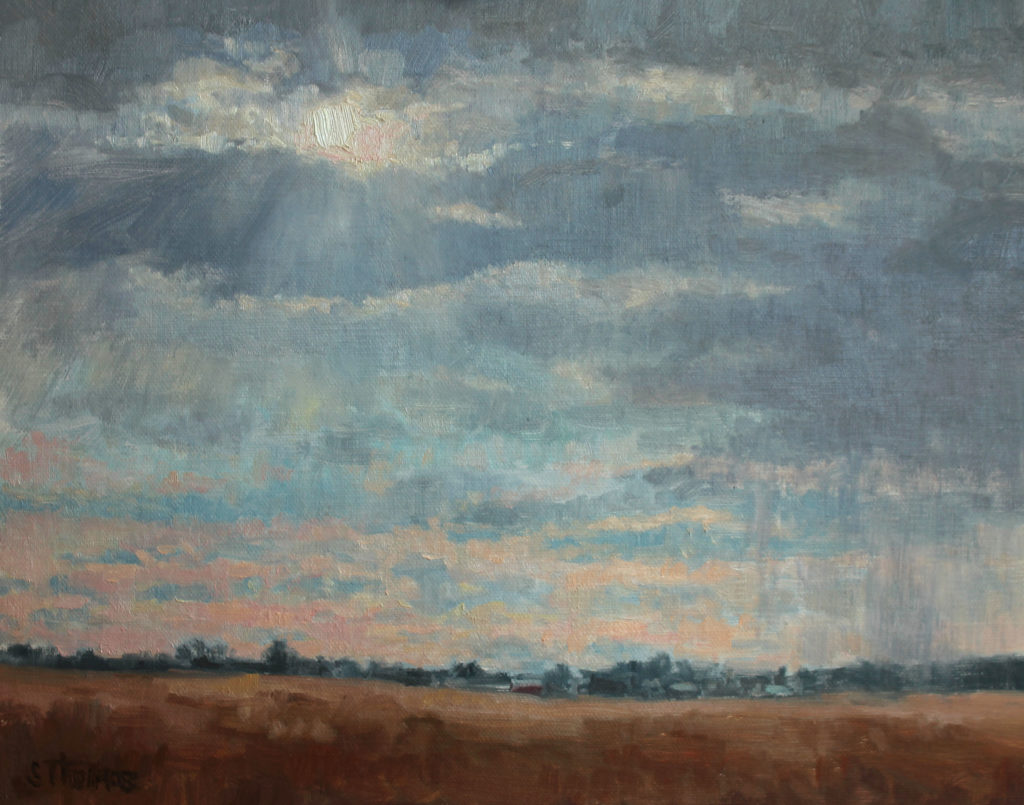
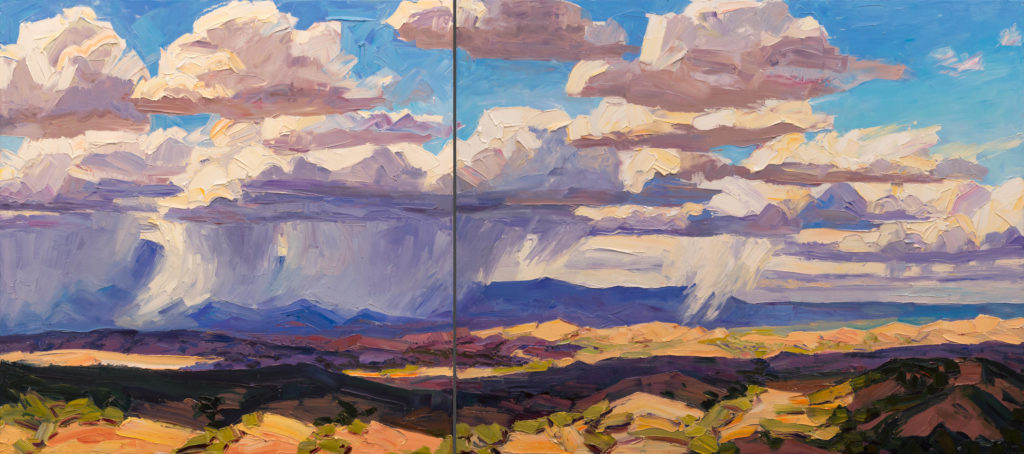
The wonderful expressions of sky and clouds got us thinking about past stories in PleinAir Today. Some experts on painting clouds have offered their thoughts on the subject over the years. Consider the words of two of them, Scott Gellatly and Christine Labich.
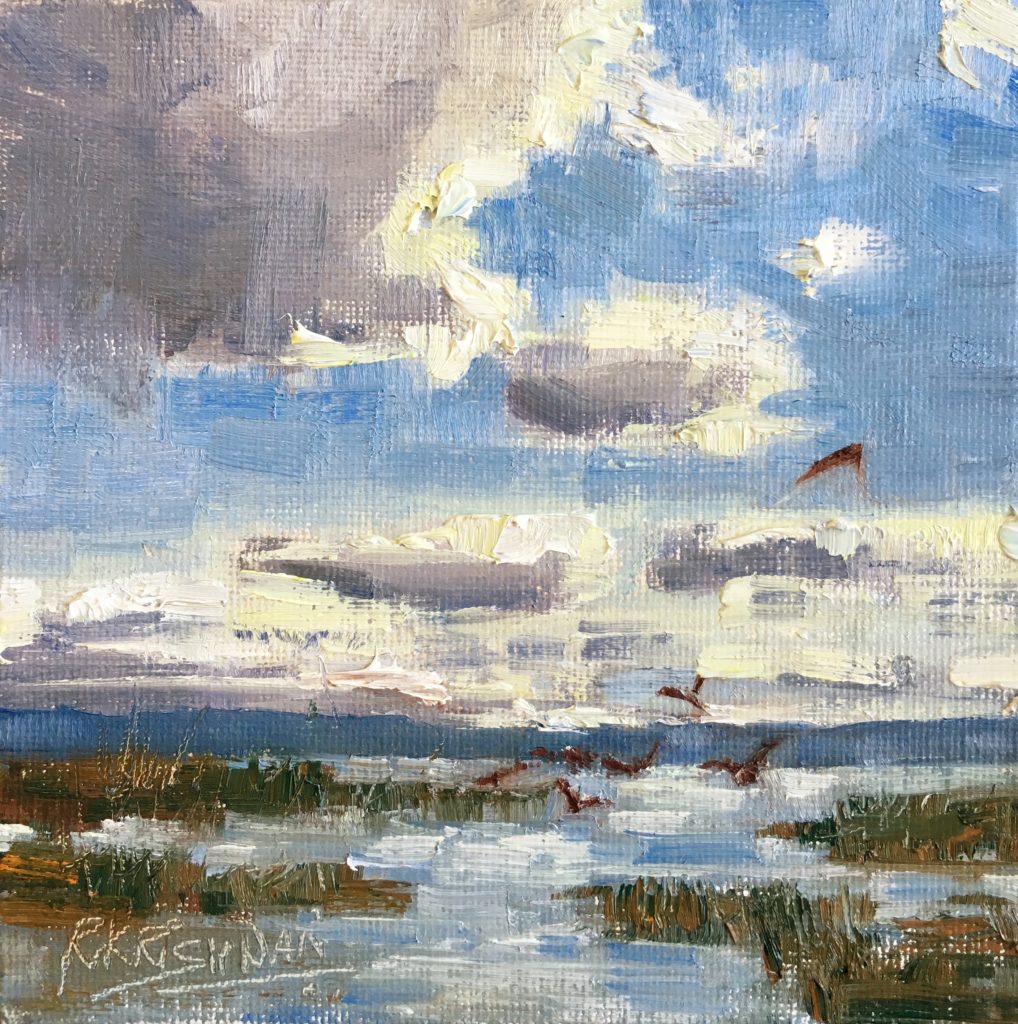
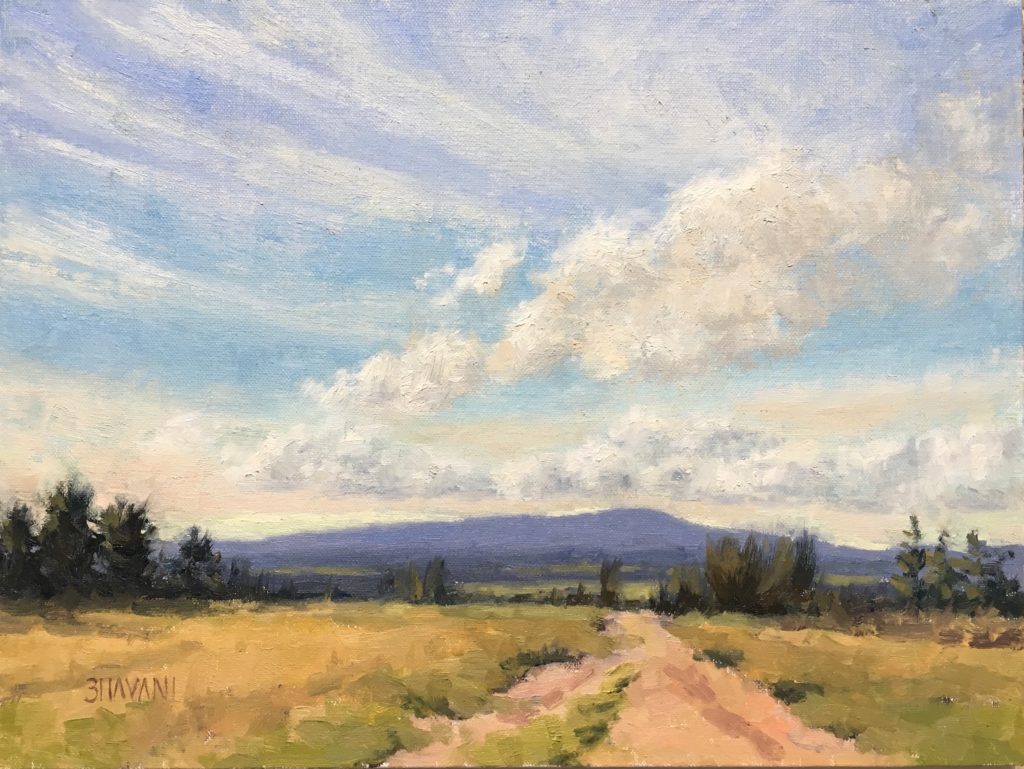
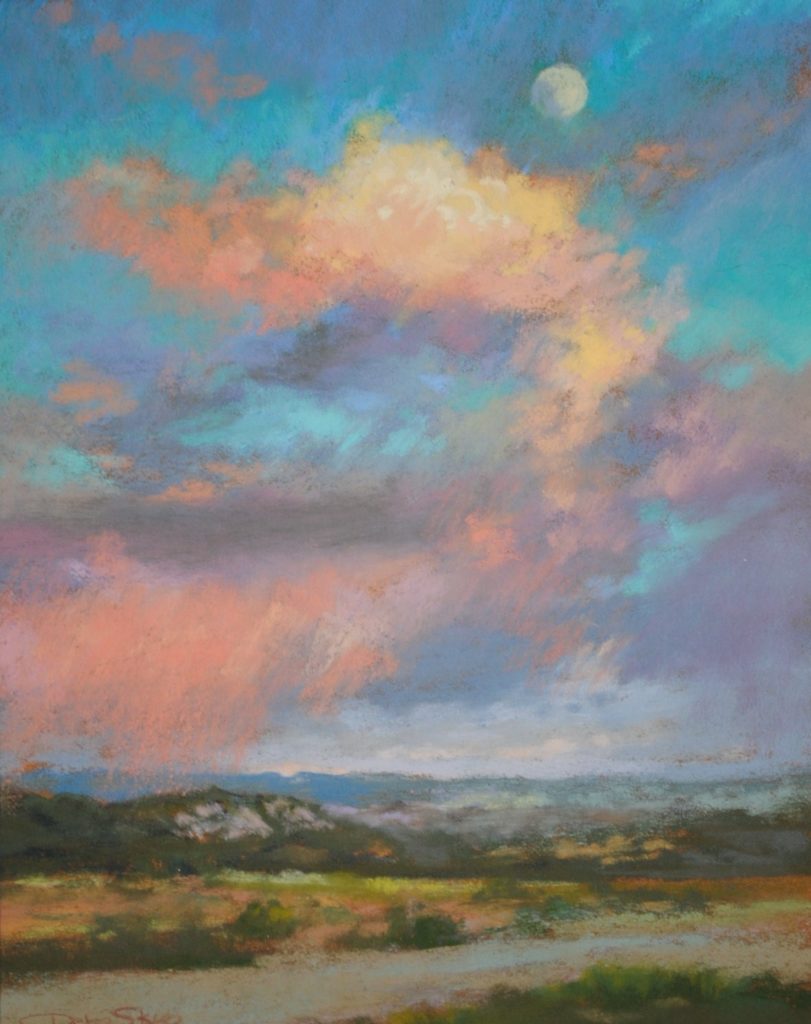
“Clouds are ephemeral,” Gellatly points out. “They come together, they break apart, they change shape before your eyes and move across the sky. How do you paint something from that which is ever-changing?” Gellatly says he approached it in several different ways, creating a composite of direct observation, memory, and invention. He tried to capture the “shape and personality” of the clouds, but felt free to add features of the clouds that suddenly appeared during the process. But most pieces started with one moment. “When one part of the sky stops my eye, that is what I want to paint,” he says. “It may be the condition or quality of light that I want to paint, or an interesting shape. That particular aspect of the cloud will certainly change during the painting session. The painting is a balance of staying true to that thing I wanted to express in the first place and letting the painting evolve along with the changes in the sky—taking into account features elsewhere in the sky.”
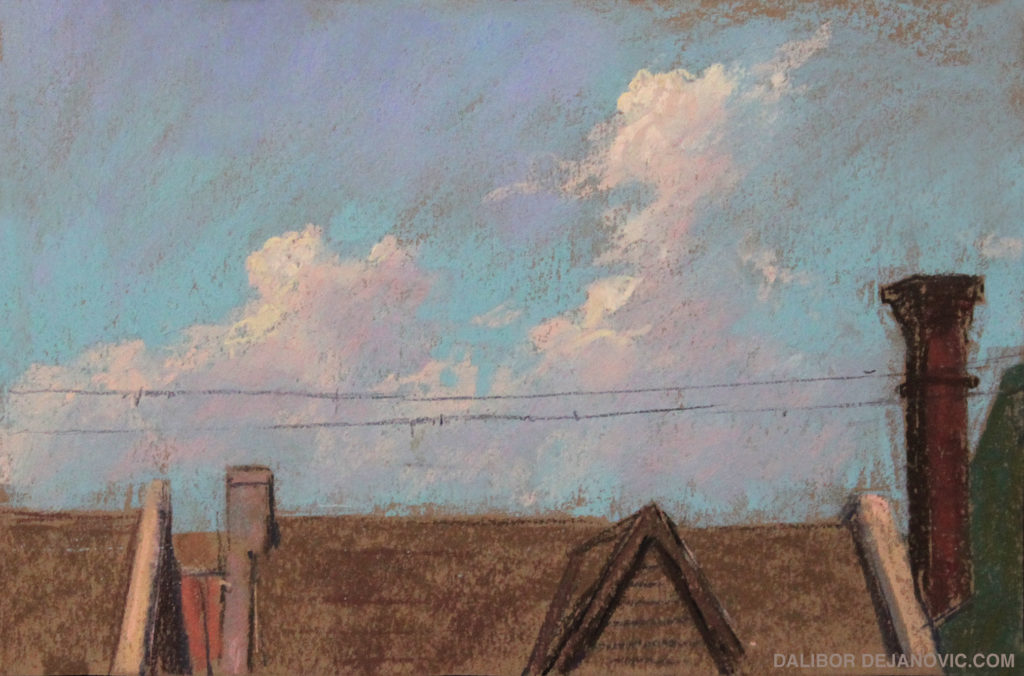
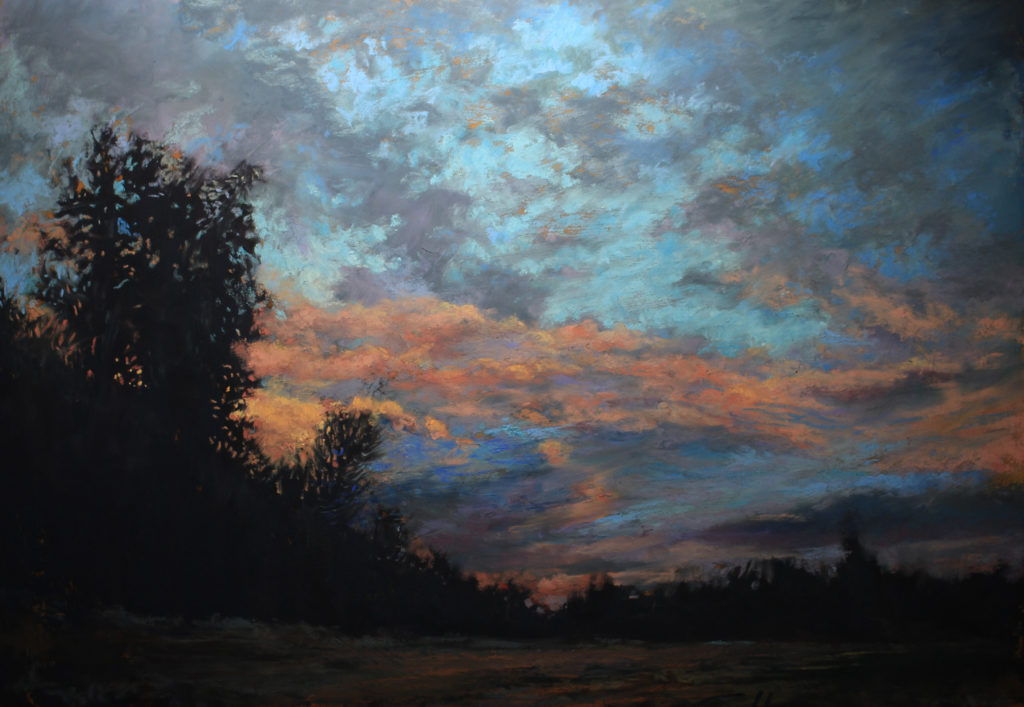
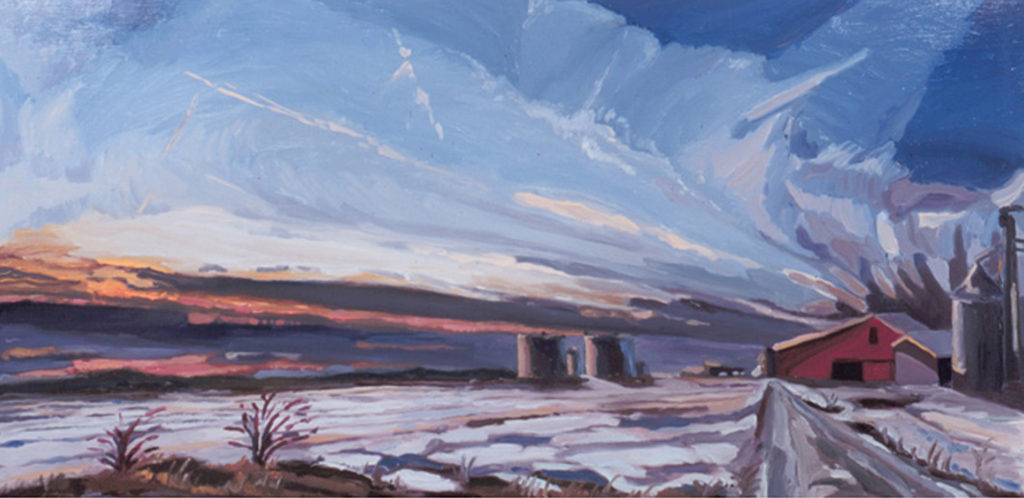
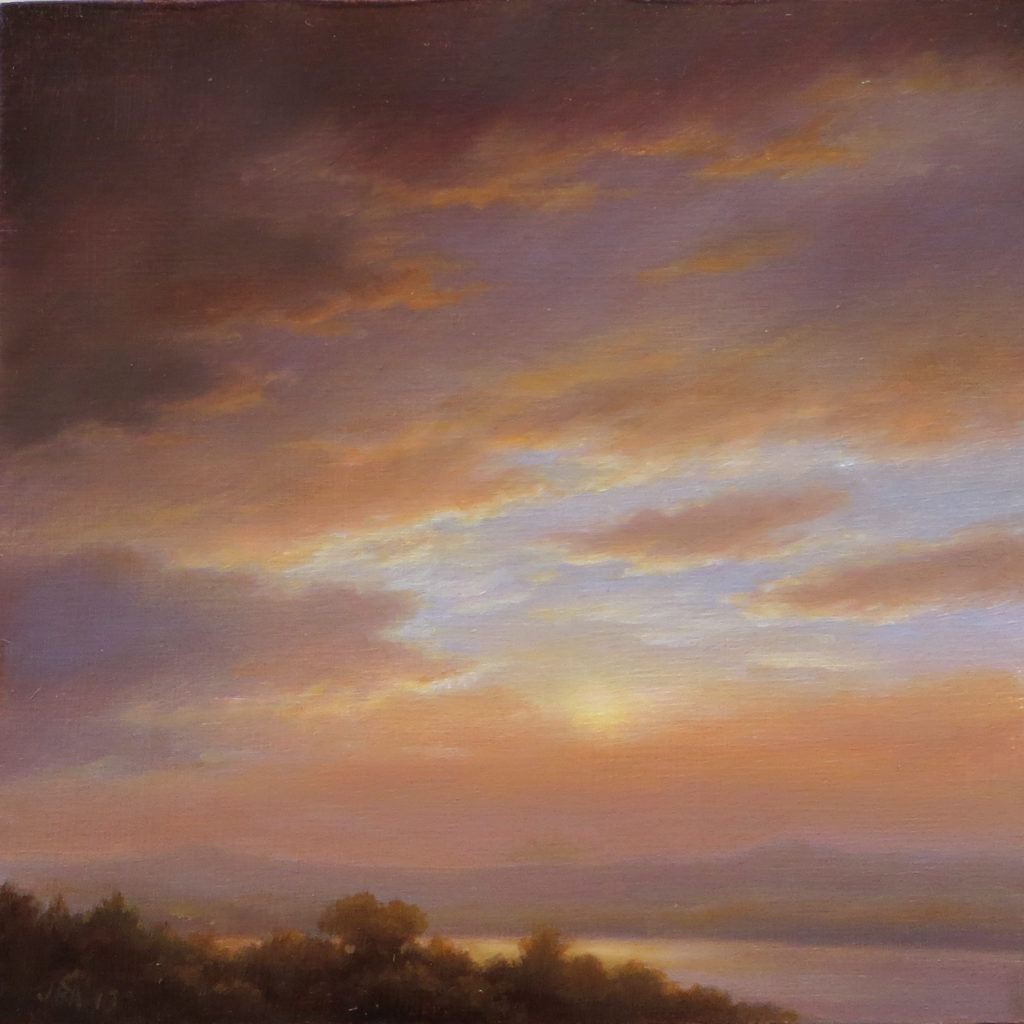
So none of his paintings are highly accurate portraits of a particular cloud group. This doesn’t bother Gellatly in the least. He considers this aspect of the paintings to be squarely in the plein air tradition. “You can never capture all of the elements from the entire time of the painting session faithfully,” he points out.
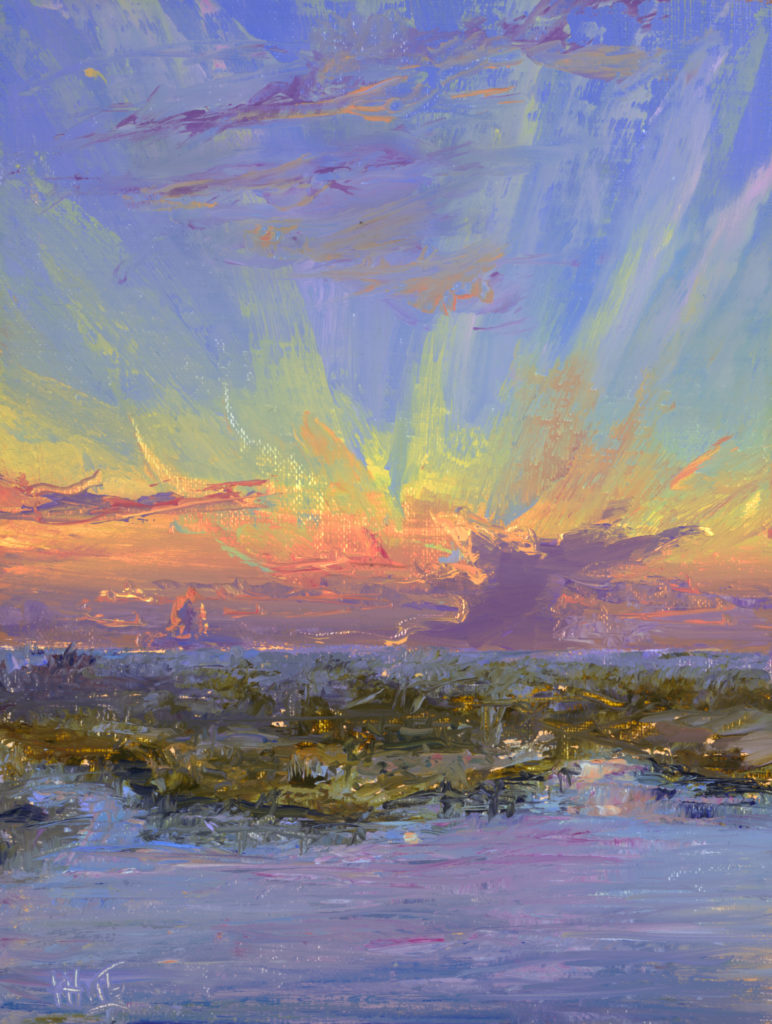
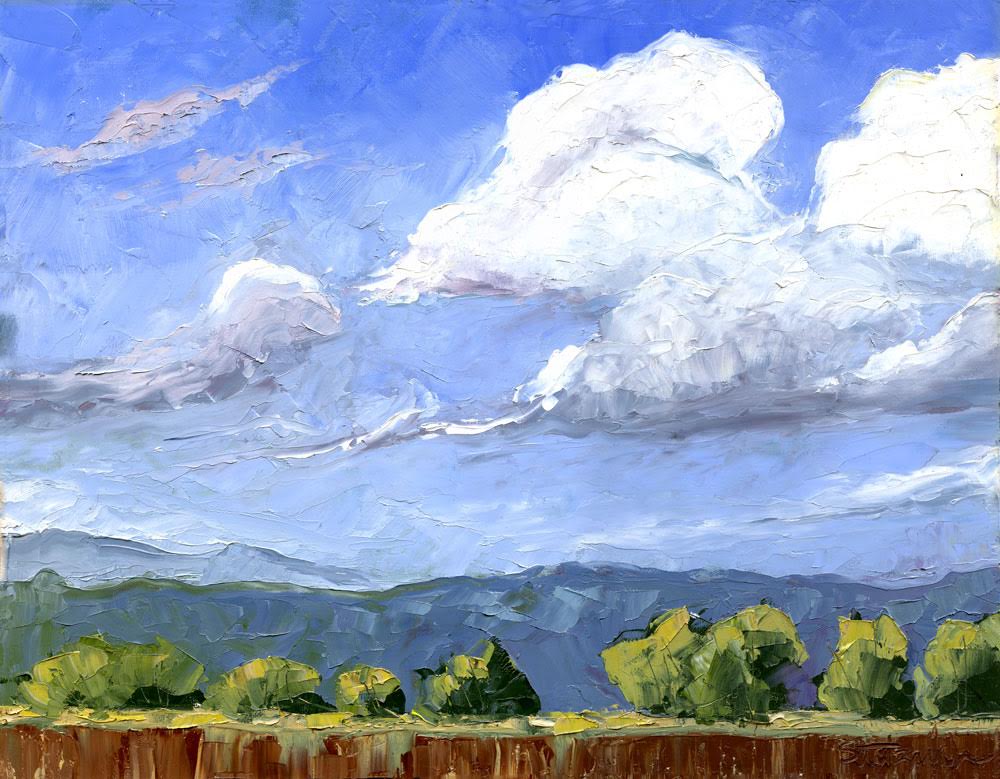
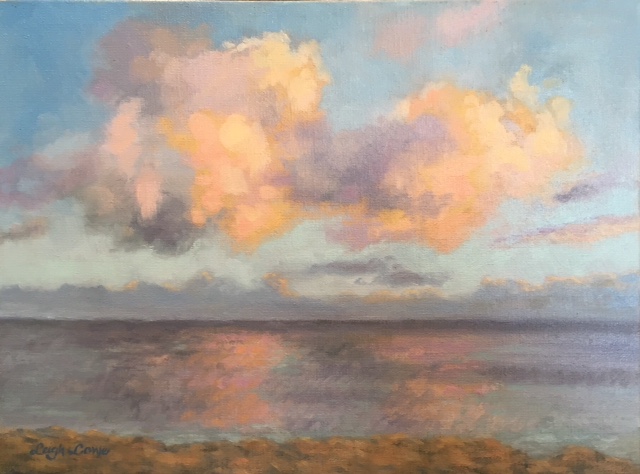
Gellatly achieved the soft-look characteristic of most clouds by mixing colors more on the surface than on the palette. “There are softer transitions of color and value which allude to a more atmospheric, airy quality of the sky, juxtaposed with sharper, crisper marks to describe the more solid structure of the cloudscape. Within the muted colors, there are distinct temperature variations that offer a push and pull of pictorial space, and these areas are broken up by the lighter, purer blues to punch through to clear sky. Also visible in this section are defined brush-marks against the smoother areas of manipulating the paint with a palette knife. In this series of paintings in particular, I felt that the more ‘painterly’ the approach, the more convincing the result became.”
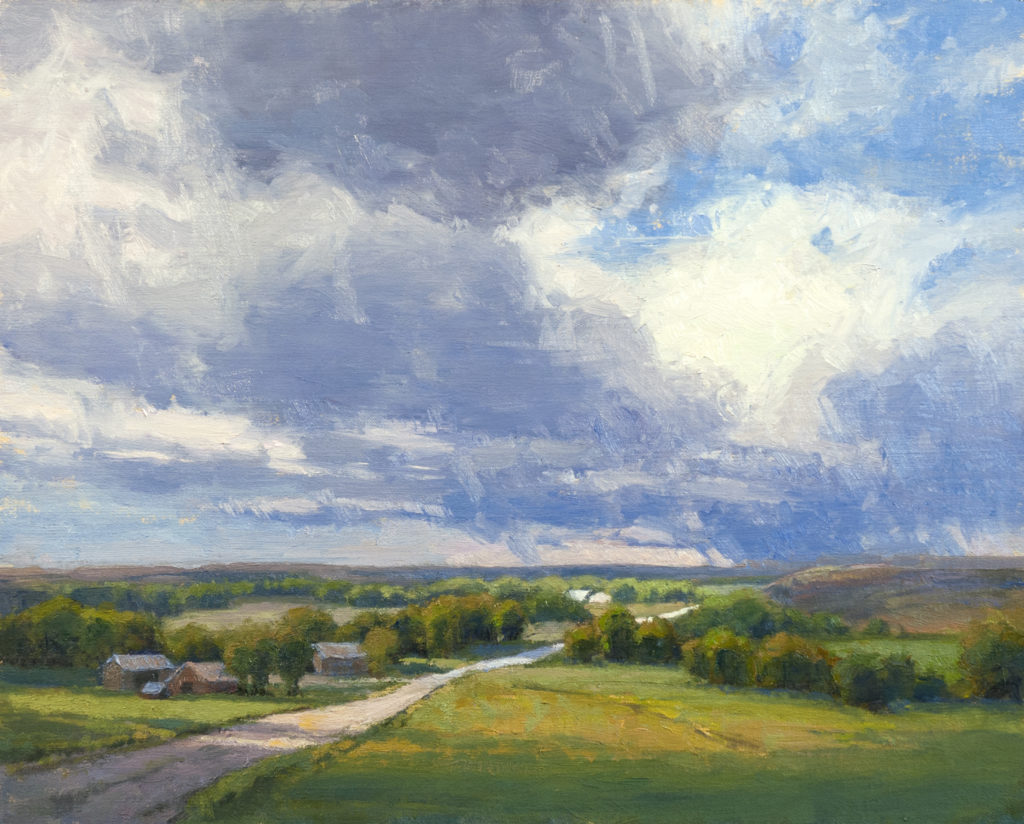
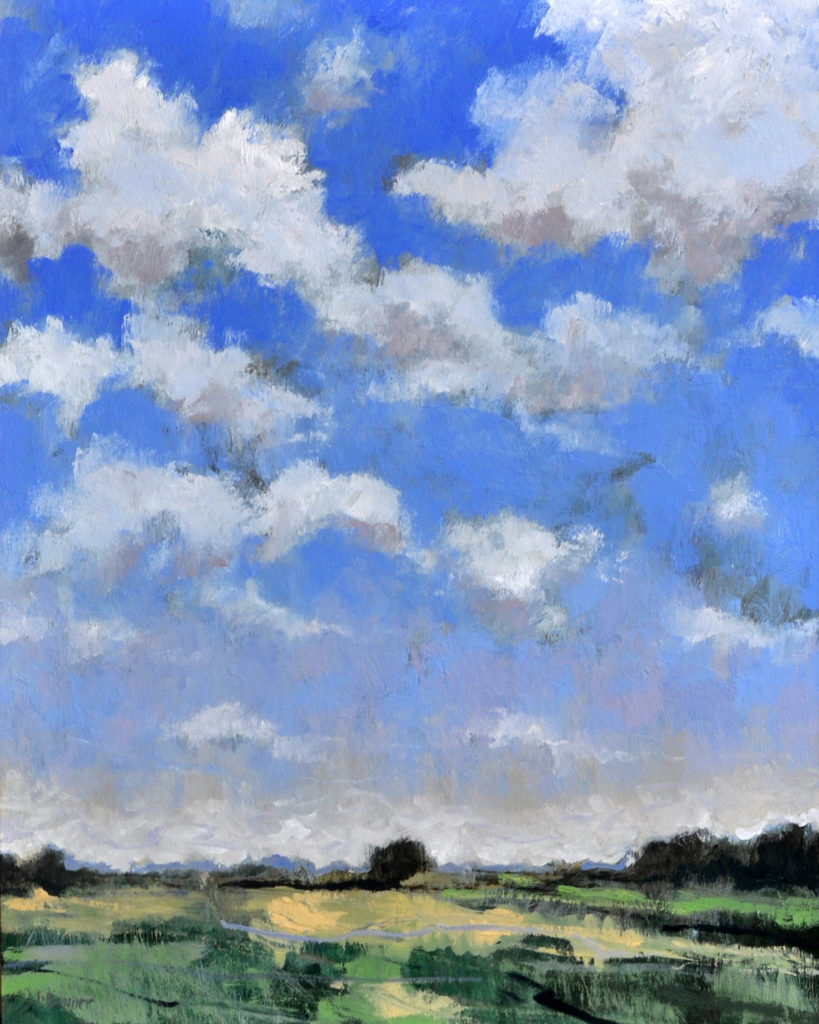
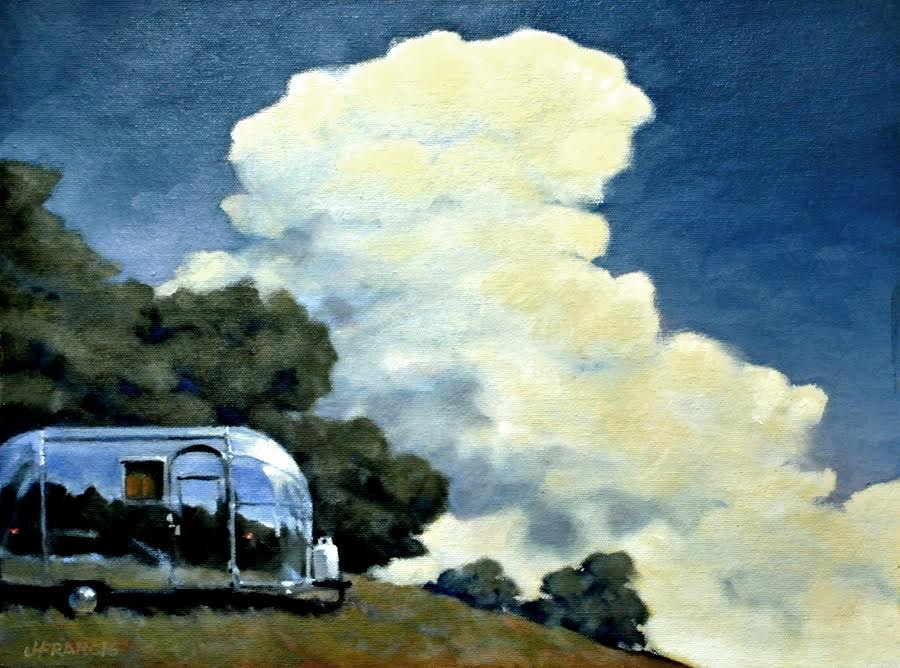
Many of us have done cloud studies, but Gellatly discovered that paintings of clouds offered a deeply involving variety of challenges, especially when the horizon line was cropped out of the scene. “By completely removing any element of the horizon line, I opened up the composition,” Gellatly says. “It made for a great challenge—working to ensure an engaging composition with a foundation in landscape painting but without a horizon line. How do I divide up the composition without showing a horizon line?”
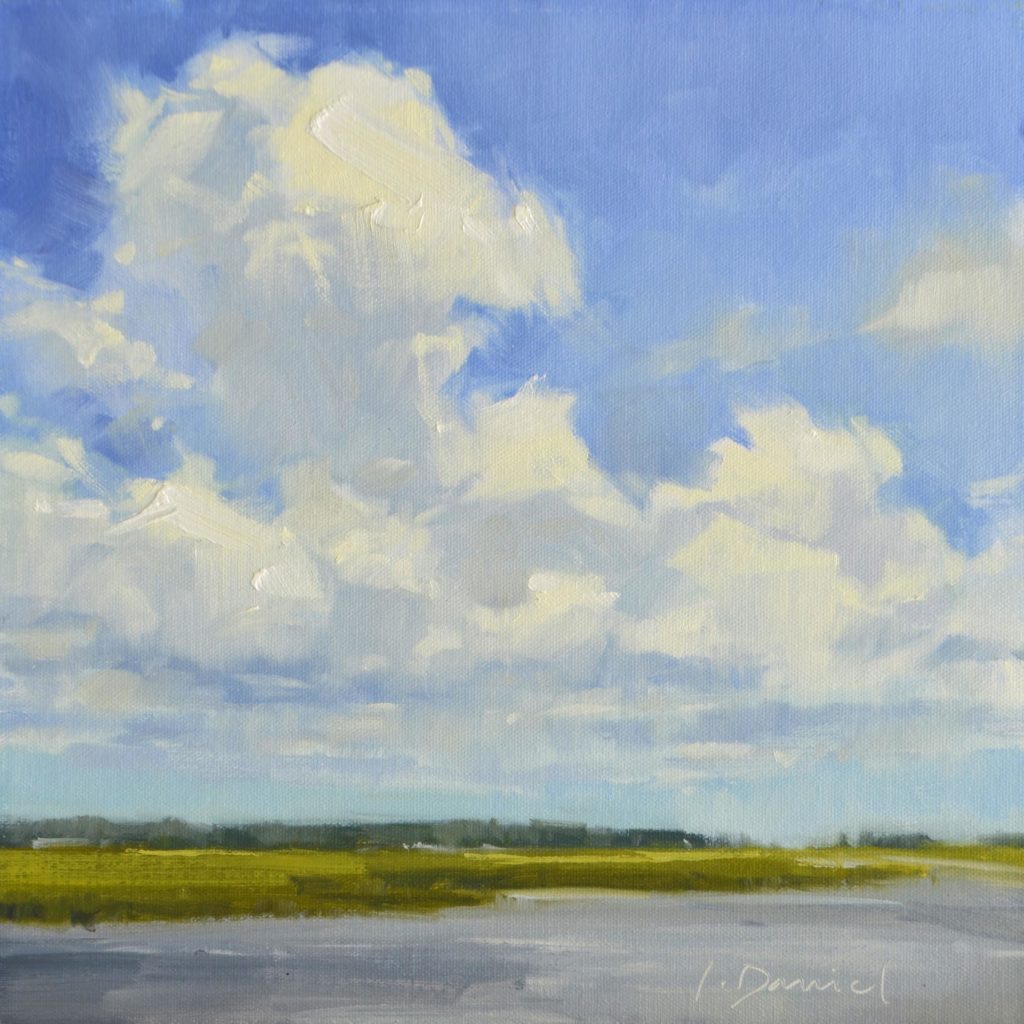
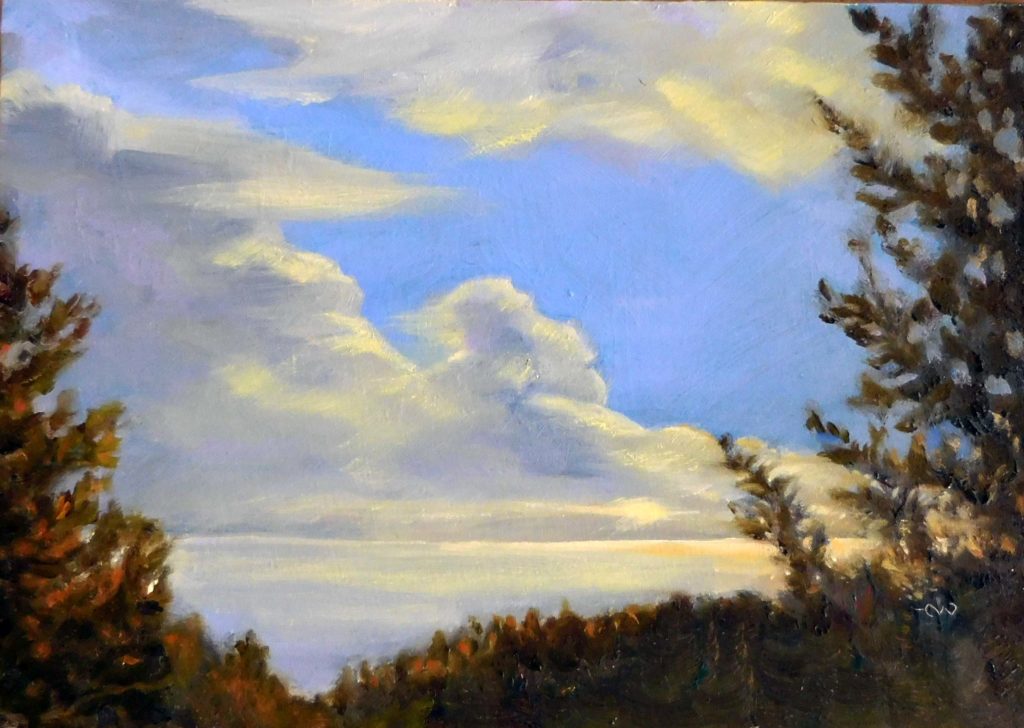
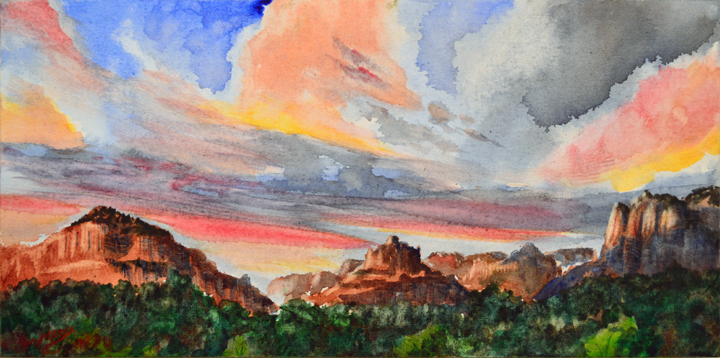
There are accepted guidelines for painting clouds. Their values are usually not terribly different from the sky color. They are darker underneath. Clouds usually lie on a plane that extends to the horizon, so perspective comes into play. Christine Labich knows these rules, and she likes to stretch against them. “The more you paint clouds the more fun it is to push those boundaries a little bit,” says the artist. “The hard and fast rules about sky can be broken down.”
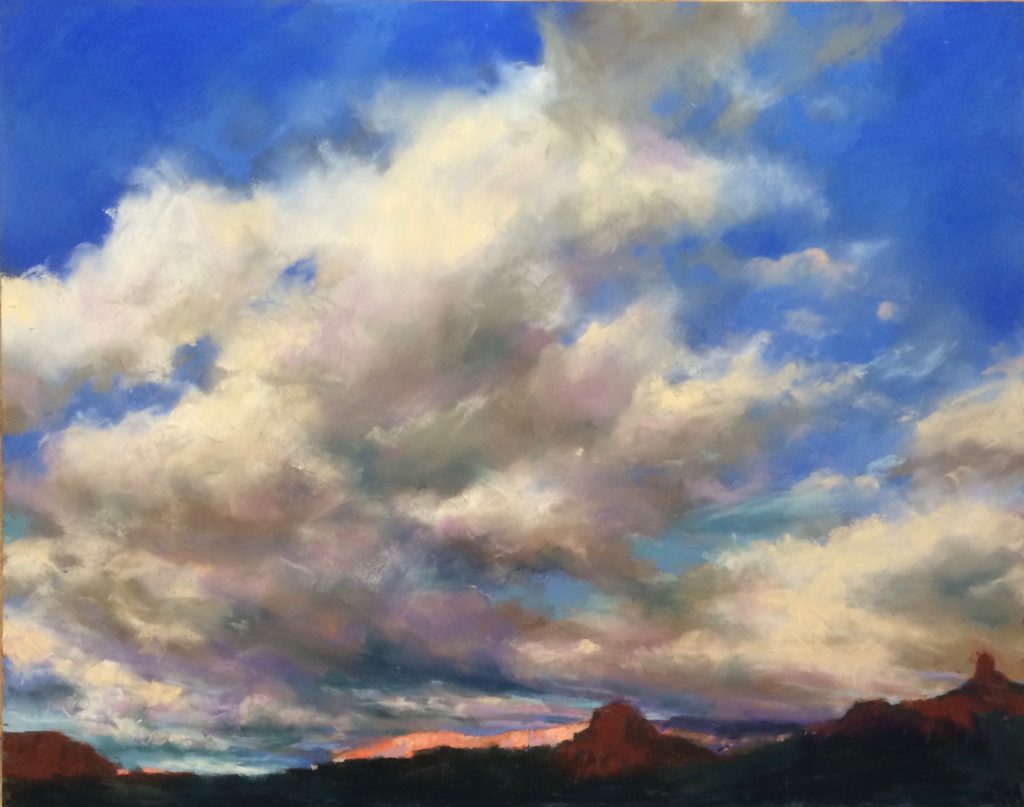
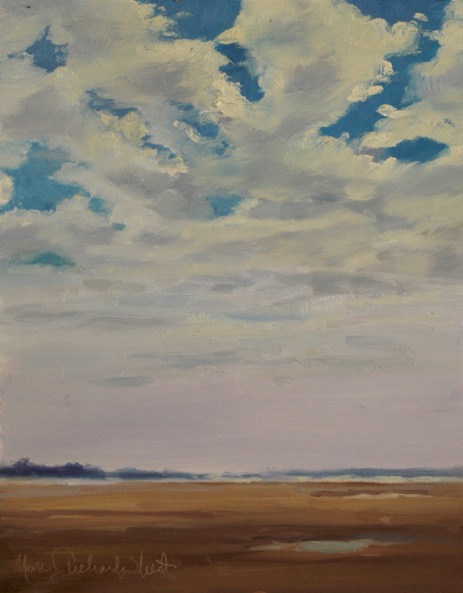
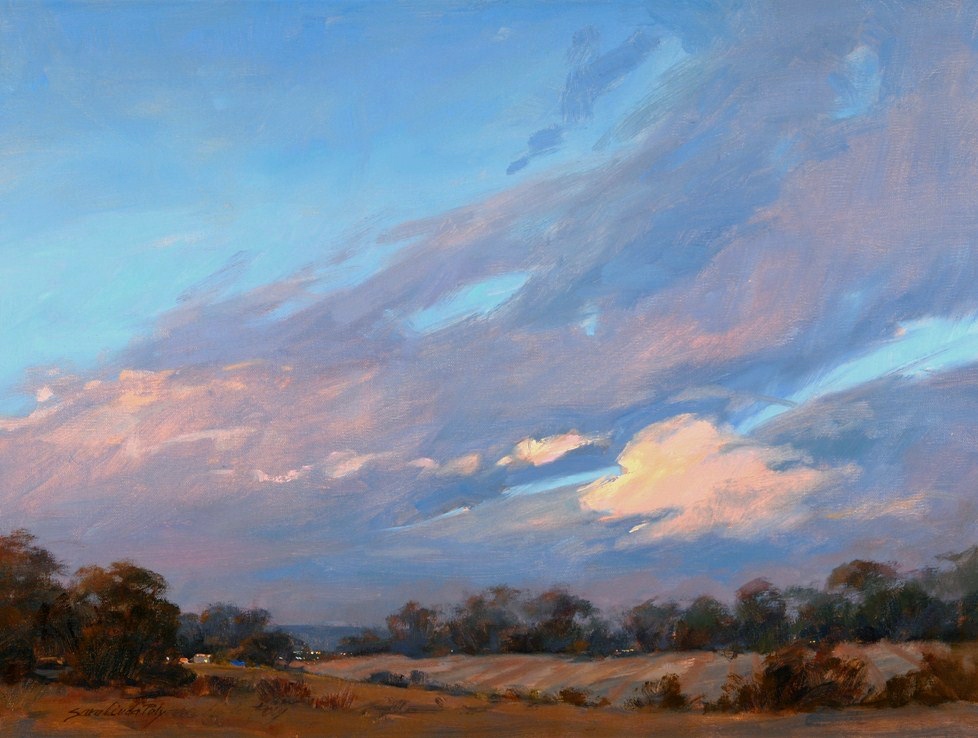
Labich feels that working in the medium of pastels helps her to be more adventuresome with color in the clouds. “With pastel, all the colors are laid out in front of you,” she says. “I can try a little splotch of this or that when I might not bother to mix that in oil. I might never think to put a putty color or another neutral in a cloud to work for a transition between layers, but it does. I often find the transitional color from the dark underside of a cloud to the lit upper-side very surprising.”
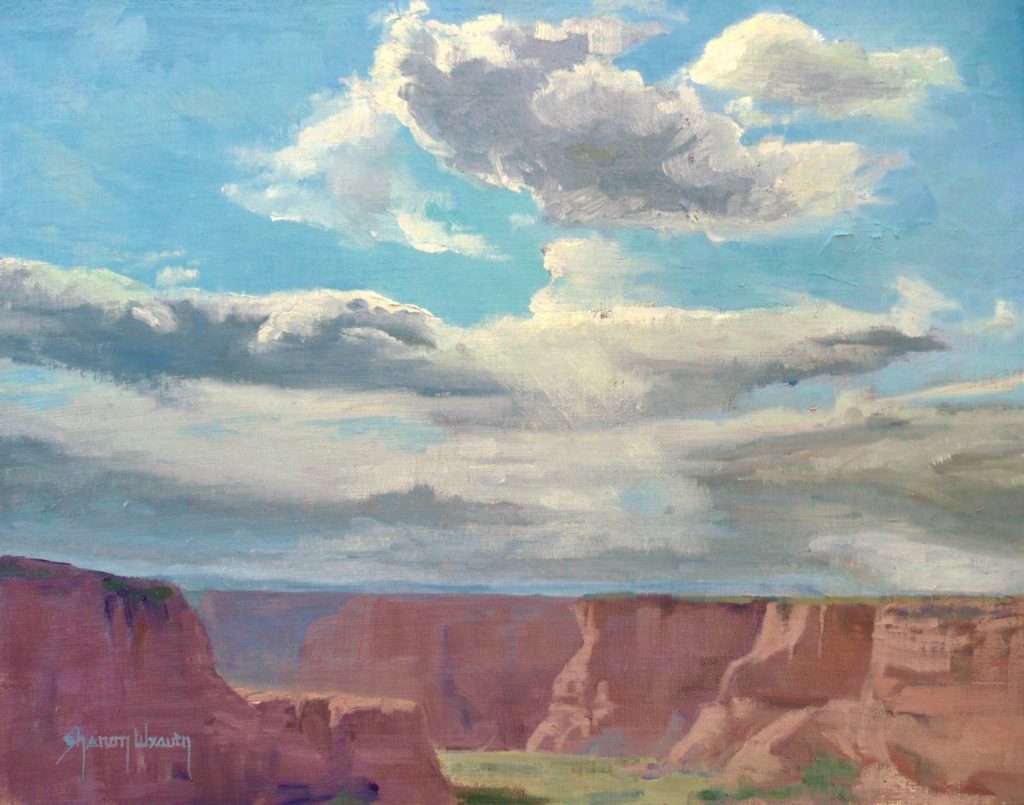
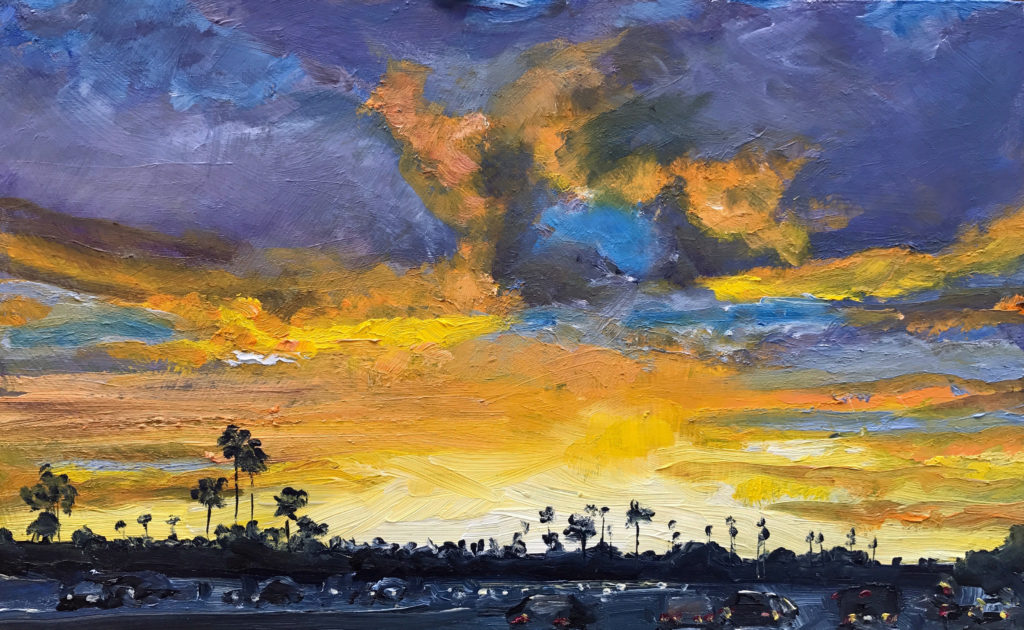
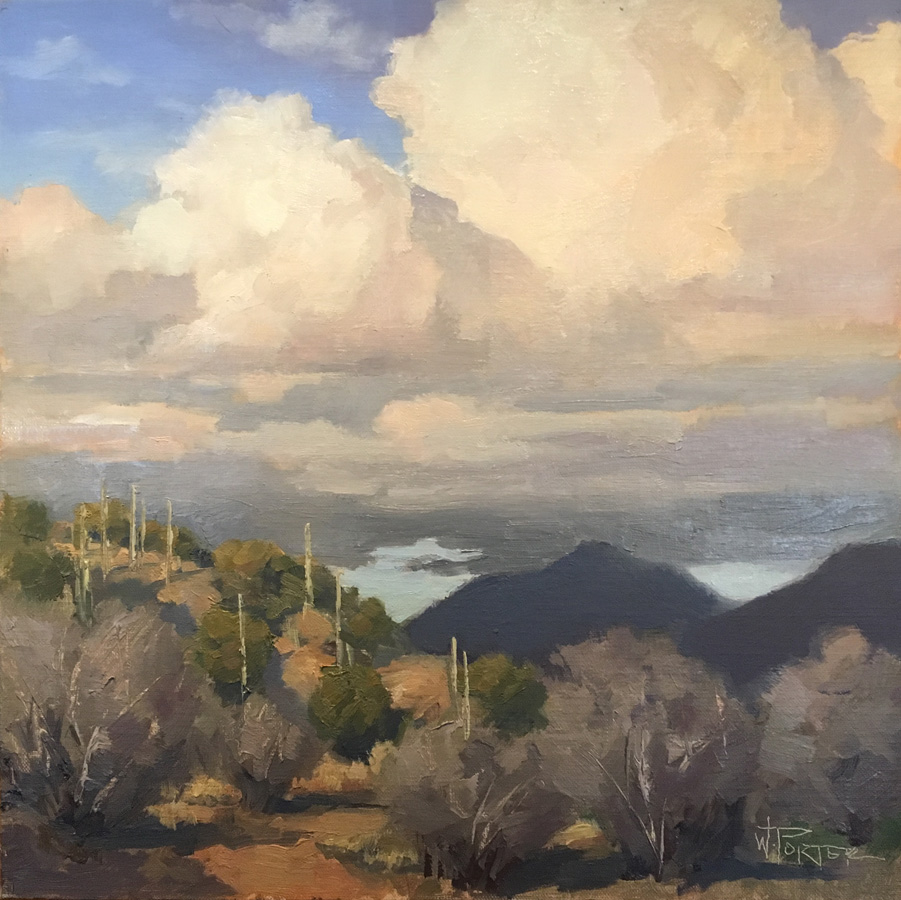
Clouds can change within seconds. Labich loves fast-moving clouds, even if they are the most difficult to capture. She knows that these clouds are the ones that she must memorize, and invent, to some degree. “The backlit ones that are shifting very quickly are interesting to me,” says Labich. “A day that is windy with a high-pressure system passing through, with strong breaks of sun—those are fun. I feel rushed when painting the clouds. There is an excitement about painting them, a realization that this is going to happen really fast. They are always changing. You have to be on your best game to do this. I enjoy that rousing challenge. A plein air painter has to learn how to capture some details, but more importantly I want the personality of the clouds to come through.”

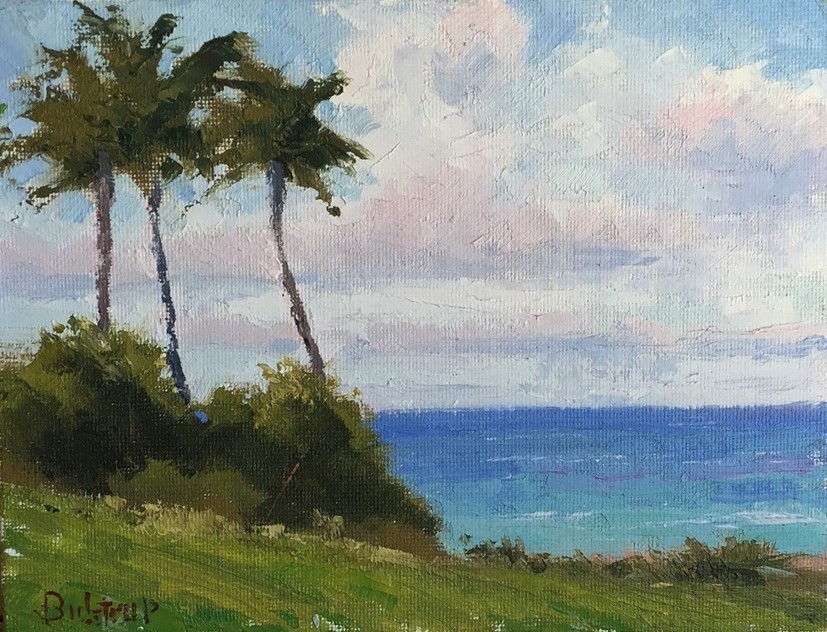
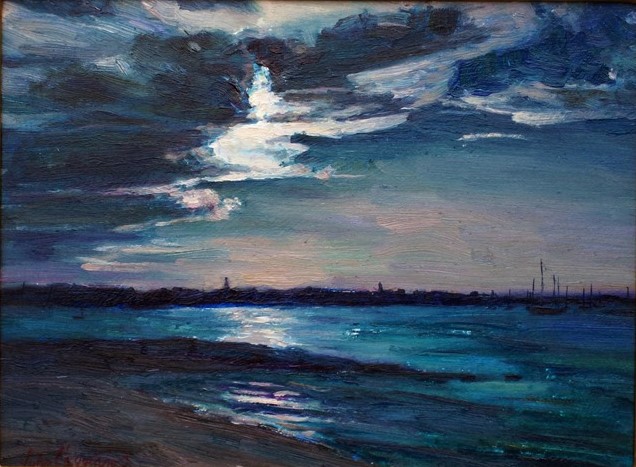
Any suggestions on a theme for the next PleinAir Today painting challenge? Share them in the comments below!
> Click here to subscribe to the free newsletter, Plein Air Today
> And click here to subscribe to PleinAir Magazine so you never miss an issue!

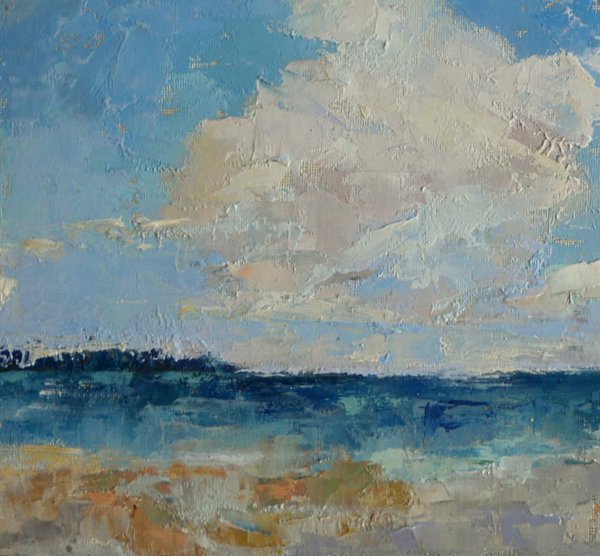
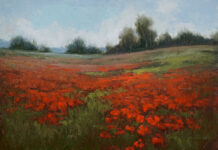
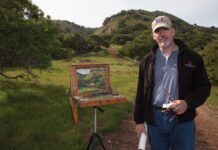

[…] The How of Clouds and Sky […]
[…] His painting can be viewed, along with the article, at https://www.outdoorpainter.com/the-how-of-clouds-and-sky/. […]
Thank you, Bob Bahr and Kelly Kane for my nocturnal painting, “From the Beach,” being included in this editorial feature.